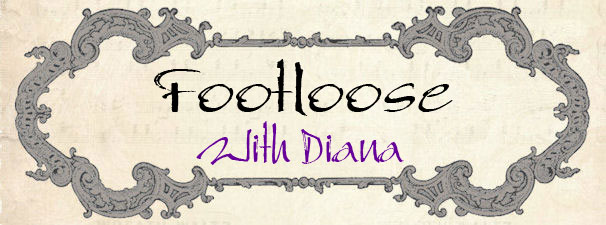Christ Church Cathedral has a history going back to around 1030 AD under
the Norse king of Dublin, Sitriuc Silkbeard. It's officially the seat
of both the Church of Ireland (Anglican), but in practice that honor goes to St.
Mary's since the English Reformation. It's still the cathedral of the
Archbishop of Dublin, however.

The reputed tomb of Strongbow, the Norman-Welsh peer and warlord I mentioned toward the beginning of these blog posts about Ireland, whose coming marked the beginning of English involvement in Ireland.
Christ Church's crypt is the largest in Britain or Ireland, 175 feet long, and full of ecclesiastical bric-a-brac.
Nearby St. Patrick's Cathedral, also Anglican, is the latest of several churches that have stood here since the fifth century AD. The lure of the site was a well that once existed here, where St. Patrick is said to have baptized converts to Christianity. The combined choirs of St. Patrick's and Christ Church Cathedrals sang the first performance of Handel's Messiah (although not in either cathedral). Because it's hemmed in by buildings, I wasn't able to get a good photograph of the exterior, but its well decorated with busts and shields.
Inside, it has exquisite tile floors, grand monuments and statuary, and beautiful architectural detailing.
The Boyle monument erected in 1632 by Richard Boyle, Earl of Cork in memory of his second wife, Lady Katherine.
Memorial to members of the 18th Irish Regiment who fell in the China War:
One of a couple of Celtic gravestones dating from somewhere between the 7th and 10th centuries:
The Chapter Door, which commemorates the amicable conclusion of a feud between the Earl of Ormond and the Earl of Kildare in 1492. The former had taken refuge in the Chapter House and the latter cut a hole in the door and stuck his arm through to shake the hand of his former enemy in reconciliation. This is supposedly the origin of the expression "chancing your arm," meaning to take a risk.
Author and satirist Jonathan Swift was Dean at St. Patrick's from 1712 to 1745. The Cathedral displays his appointment to the post and he is buried here, along with "Stella," his closest friend.






















No comments:
Post a Comment